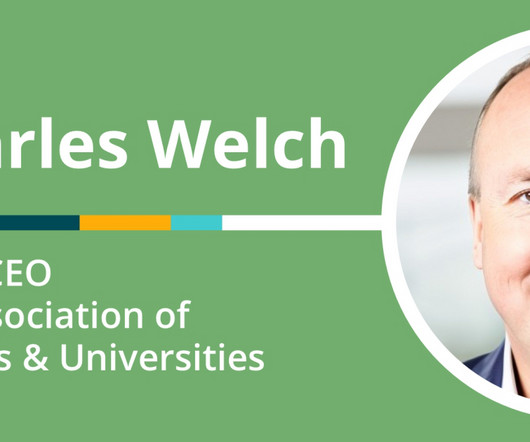Fundraising During Uncertain Times: What Not to Do
EAB
FEBRUARY 3, 2023
Several colleges reported higher event attendance through virtual channels than they’d ever witnessed during prior “in-person only” times. Indeed, during the 2008-2009 recession, giving fell along with the economy, and it took three years for philanthropy to start growing again.











Let's personalize your content